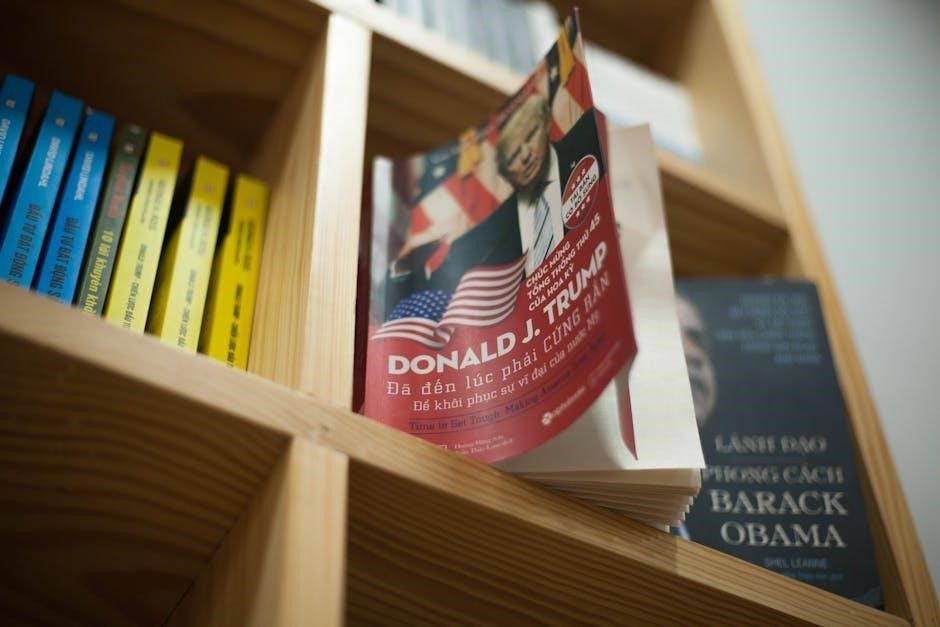unit 7 global warfare study guide
The study guide covers global warfare from 1900 to present with key topics.
Overview of the Study Guide
The Unit 7 Global Warfare Study Guide is a comprehensive resource that provides students with a thorough understanding of global warfare from 1900 to the present. The guide is designed to help students navigate the complex and dynamic nature of global warfare, covering key topics and events that have shaped the world. The study guide is organized into clear and concise sections, making it easy for students to follow and understand the material. The guide also includes learning objectives, which outline the key concepts and ideas that students are expected to grasp. Additionally, the study guide provides students with the opportunity to engage with historical developments and analyze the internal and external factors that have contributed to change in various states. By using this study guide, students will be well-prepared to tackle the exam and demonstrate their knowledge of global warfare. The guide is a valuable resource for students seeking to understand the complexities of global warfare.

Topic 7 Shifting Power After 1900
Global power shifted significantly after 1900 with rising nations.
Learning Objective for Topic 7
The learning objective for topic 7 is to explain how internal and external factors contributed to change in various states after 1900, including the rise and fall of empires and the impact of global events.
Students are expected to analyze the complex interactions between internal and external factors that led to significant changes in the global political landscape.
This includes understanding the role of economic, social, and political factors in shaping the course of global events.
By achieving this learning objective, students will be able to demonstrate a deep understanding of the complexities of global warfare and the shifting power dynamics of the 20th century.
The learning objective is assessed through a variety of evaluation methods, including written assignments and exams.
Overall, the learning objective for topic 7 is to provide students with a comprehensive understanding of the key factors that contributed to change in the global political landscape after 1900.
Historical Developments in Global Warfare
Global warfare evolved significantly after 1900 with new technologies.
Internal and External Factors Contributing to Change
Internal and external factors played a significant role in shaping the course of global warfare after 1900. The internal factors included political, economic, and social changes within nations, while external factors comprised of international relations, diplomacy, and global events. The interplay between these factors led to the rise and fall of empires, the emergence of new world powers, and the transformation of the global political landscape. The study of these factors is crucial in understanding the complexities of global warfare and its impact on the world. By analyzing these factors, students can gain a deeper understanding of the historical developments that have shaped the world we live in today. The internal and external factors contributing to change are a key aspect of the unit 7 global warfare study guide, providing a framework for understanding the complexities of global warfare. Various factors are considered, including political and economic changes.

Exam Weighting: 8-10
Exam weighting is 8-10, covering key topics and historical developments.
Key Topics in Global Warfare from 1900 to Present
The key topics in global warfare from 1900 to present include the collapse of major empires, the rise of new world powers, and the impact of technological advancements on warfare.
The study guide provides an overview of these topics, highlighting the significant events and developments that have shaped the global landscape.
Students are expected to understand the complex relationships between these topics and how they have influenced the course of global warfare.
The key topics are organized into categories, including the collapse of the Ottoman, Qing, and Russian empires, and the emergence of new world powers such as the United States and China.
The study guide also covers the impact of technological advancements, such as the development of nuclear weapons and the rise of cyber warfare.
By understanding these key topics, students can gain a deeper insight into the complexities of global warfare and its ongoing impact on international relations.
The study guide provides a comprehensive review of these topics, making it an essential resource for students studying global warfare.
Overall, the key topics in global warfare from 1900 to present are crucial to understanding the modern global landscape and the ongoing challenges of international relations.

Collapse of Major Empires
Major empires collapsed due to internal and external factors.
Fall of the Ottoman, Qing, and Russian Empires
The Ottoman, Qing, and Russian empires experienced significant decline and eventual collapse due to various internal and external factors. The Ottoman Empire, which had once spanned across three continents, faced challenges from nationalist movements and European powers. The Qing dynasty in China was weakened by internal strife, corruption, and foreign invasions. The Russian Empire, meanwhile, was plagued by economic troubles, social unrest, and military defeats. These empires’ downfalls had far-reaching consequences, including the redrawing of national borders and the emergence of new global powers. The study of these empires’ declines offers valuable insights into the complexities of global warfare and the interconnectedness of historical events. By examining the factors that contributed to their collapse, students can gain a deeper understanding of the complexities of global politics and the dynamics of imperial rise and fall. Various factors contributed to their downfall, including economic troubles and social unrest.

Consequences of World War I on Russia
Russia faced severe economic and social troubles after World War I began.
Factors Leading to the Collapse of the Qing Dynasty
The collapse of the Qing dynasty was a result of internal and external factors.
The internal factors included corruption, inefficiency, and lack of reforms,
which led to widespread discontent among the population.
External factors, such as foreign invasion and economic pressure,
also played a significant role in the collapse of the dynasty.
The Qing dynasty was unable to withstand the pressure of foreign powers,
including European countries and Japan, which imposed unequal treaties
and extracted concessions from China.
The combination of internal and external factors ultimately led to
the downfall of the Qing dynasty and the establishment of a new republic.
The study of these factors is crucial in understanding the complexities
of global warfare and the impact of internal and external factors on states.
The Qing dynasty’s collapse marked the end of imperial China and
had significant implications for global politics and international relations.










Leave a Comment